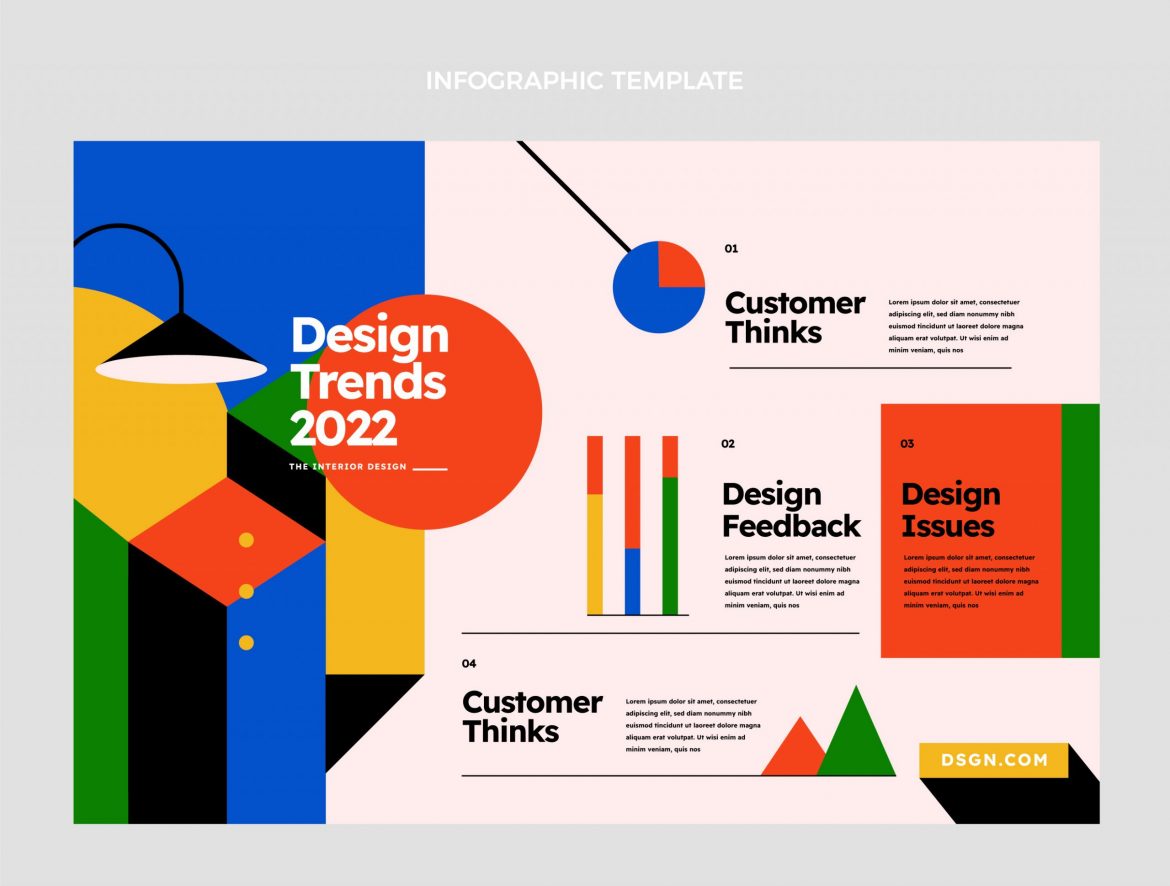In the bustling realm of web design, where every pixel vies for attention, the concept of visual hierarchy emerges as a guiding beacon. It’s not merely about aesthetics; visual hierarchy plays a pivotal role in directing users’ attention, organizing content, and facilitating comprehension on web pages. Through techniques such as size, color, contrast, and alignment, designers orchestrate a symphony of elements that guide users seamlessly through the digital landscape.
Understanding Visual Hierarchy:
Visual hierarchy is the arrangement and prioritization of design elements to convey their relative importance. It establishes a structured flow that guides users’ eyes across the page, directing attention to key information while maintaining a sense of coherence. At its core, visual hierarchy is about creating a visual roadmap that intuitively leads users to the desired destination.
Directing Attention:
In the vast expanse of the digital realm, where distractions lurk at every corner, capturing users’ attention is paramount. Visual hierarchy serves as a beacon, illuminating the path and guiding users’ gaze towards crucial elements such as headlines, calls to action, or important messages. By leveraging techniques like size and contrast, designers can make essential elements stand out, ensuring they are noticed amidst the digital noise.
Organizing Content:
Web pages are often repositories of vast amounts of information, ranging from text to images to multimedia elements. Visual hierarchy acts as a curator, organizing this content into digestible chunks and guiding users through the hierarchy of information. Through strategic placement, designers can create a sense of order, making it easier for users to navigate and comprehend the content effortlessly.
Facilitating Comprehension:
Beyond capturing attention and organizing content, visual hierarchy plays a crucial role in facilitating comprehension. By establishing a clear order of importance, designers help users understand the relationship between various elements and absorb information more efficiently. Techniques such as color coding or alignment can signify relationships and convey meaning, enhancing the overall user experience.
Techniques of Visual Hierarchy:
Visual hierarchy encompasses a myriad of techniques, each wielding its own power to influence perception and behavior. Size, color, contrast, alignment, typography—these are the building blocks of visual hierarchy, each contributing to the overall composition in unique ways. From bold headlines that command attention to subtle cues that guide navigation, designers wield these techniques with precision to craft compelling digital experiences.
Conclusion:
In the ever-evolving landscape of web design, the importance of visual hierarchy cannot be overstated. It is the silent conductor that orchestrates the symphony of elements, guiding users’ attention and understanding amidst the digital cacophony. By mastering the art of visual hierarchy, designers empower users to navigate the digital terrain with ease, ensuring that every pixel serves a purpose and every interaction leaves a lasting impression.
